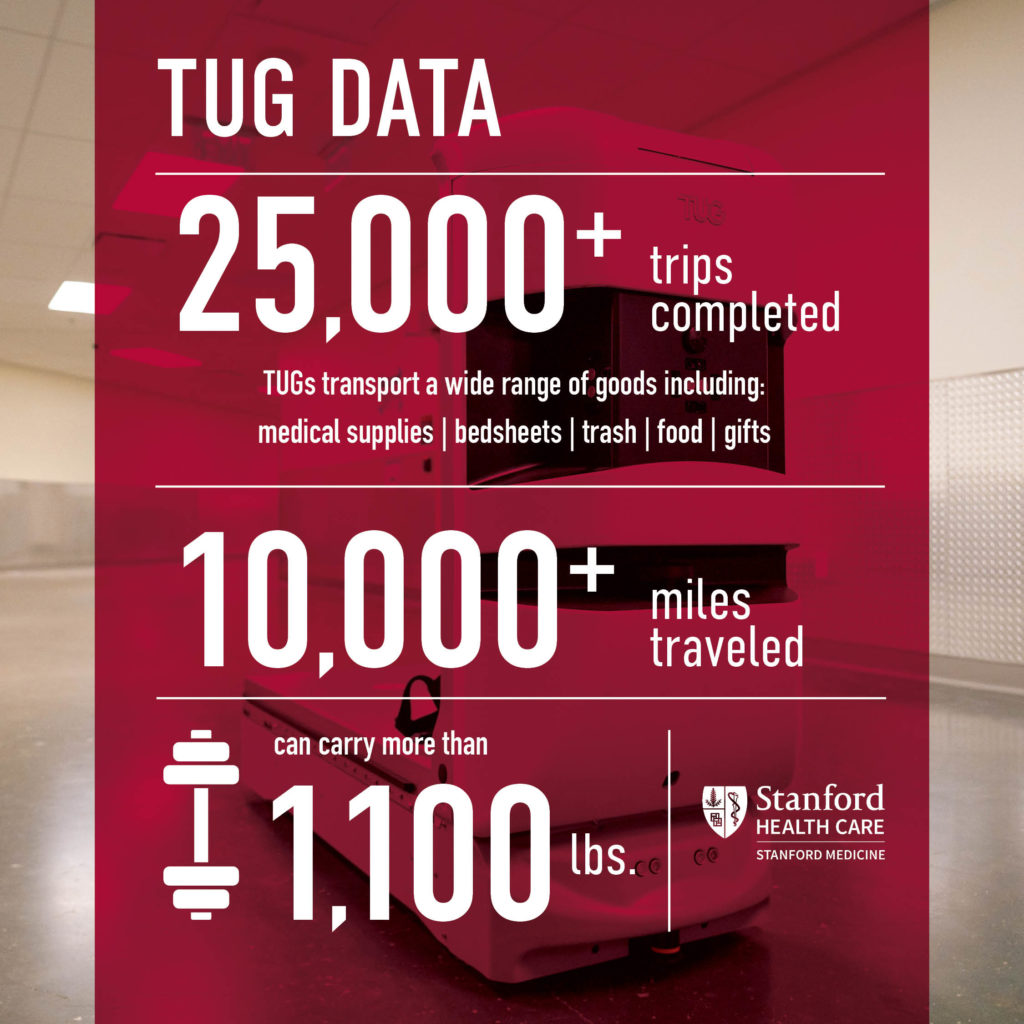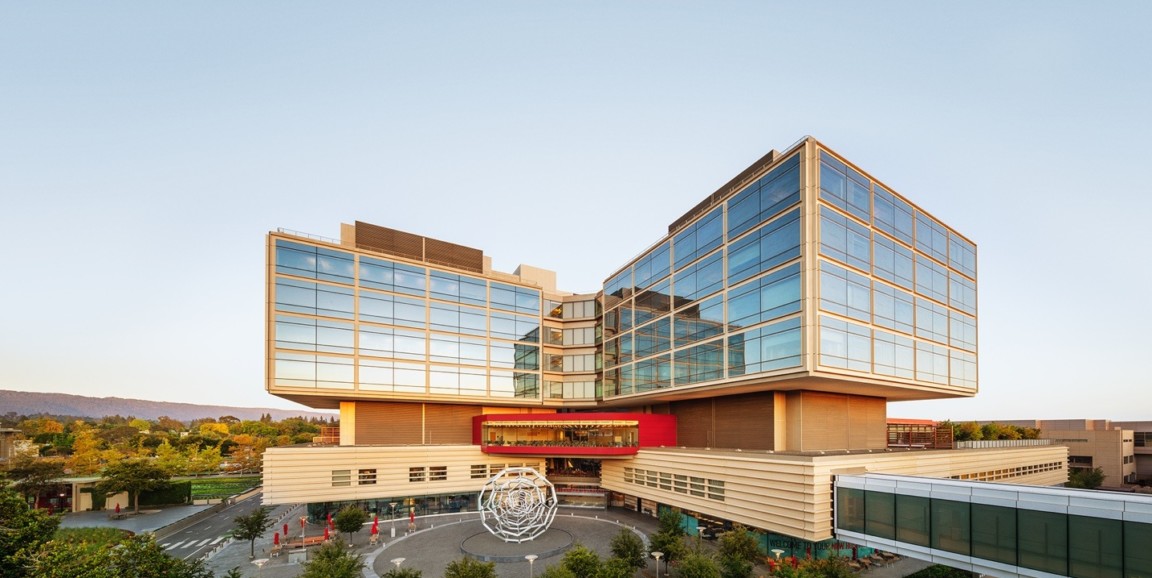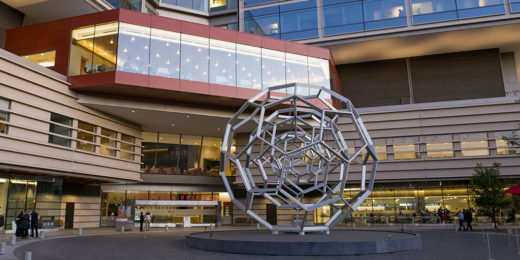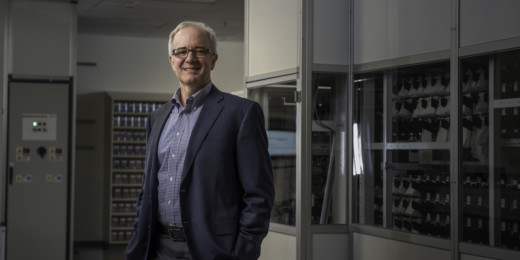Arriving at Stanford Hospital to have knee replacement surgery, a patient (let's call her Sara) is welcomed and guided to her room.
Sara already has Stanford Health Care's MyHealth app on her phone -- she uses it to renew prescriptions, check test results and email her physician -- but now that's she admitted to the hospital, new features appear.
She clicks on an icon and sees photos of the nurse, physical therapist, surgeon and other members of the team who will care for her. She also chooses her brother, at whose home she will recover from the surgery, as her proxy: He will receive all the health information she receives.
Recognized for innovation
The app is one of many intelligent features that earned Stanford Hospital a Healthcare and Life Sciences Eye on Innovation Award from Gartner, an international research and advisory firm.
"By making the entire hospital operation 'smart' -- from automated patient check in to pharmacy robots -- Stanford has improved patient engagement, integrated processes and improved resource utilization," Gartner wrote.
The award "is a big deal because they have worldwide entries," said Gary Fritz, vice president and chief of applications. "We were recognized for a single, massive achievement -- we did all of the innovations at the same time."
Fritz said that when his team started work on the new hospital a decade ago, their goal was to ease the work of caregivers and improve the experience for patients.
"What Apple did with the iPhone is what we tried to do with the hospital," he said.
A team of robots
Another innovation that fueled the award is a team of 23 robots known as TUGs. They cruise the hallways, delivering supplies and carting away trash so hospital workers don't have to spend time carrying equipment, food and linens around the hospital's nearly 1 million square feet of floor space.

The robots, each of which has a name (hospital staff members voted for the monikers -- most of them are fruit, such as Strawberry and Apple, or iconic California locations such as Alcatraz and Yosemite), make their way around the hospital via lasers and GPS. Moving 2 miles an hour, they stop as soon as they touch something or someone, and they pull to the side of a hallway if a fire alarm sounds.
"People aren't doing rote tasks anymore," Fritz said. "That gives them more time to take care of patients."
A better experience
The new technology has created a calmer hospital stay for patients. Instead of an alarm sounding in a patient room, a nurse receives a ping on a hospital phone and can often address the problem without entering the room and disturbing the patient. Overhead paging systems are used less frequently, too -- the phones tell physicians and nurses when they're needed, reducing response time from 12 minutes to 2.
Most hospital workers and caregivers also wear real-time location system badges so their coworkers can find them quickly. Similarly, tags attached to equipment tell technicians where the they are in the hospital, saving time once spent searching for portable X-ray machines and other devices.
Fritz added that the real-time location system has helped keep everyone in the hospital safer during the pandemic.
"It helps with COVID contact tracing," he said. "I can tell you where that person was and who was within 12 feet of them. That's because we put in this technology before COVID hit. It's an incredibly valuable system now."
A system that can evolve
The hospital's information technology team plans more features for the MyHealth app, including a navigation tool to show patients how to get around Stanford's hospitals and clinics, as well as admission information and discharge instructions.
"The whole intent of the MyHealth app is that all your information is accessible at any point in your health care," said Gretchen Brown, MSN, RN, associate chief nursing informatics officer. "It's the same information in the hospital, in the clinic afterward, at your home -- on your phone or a tablet."
Throughout the hospital, the IT team designed a system that can grow and change along with new technology, including innovations they haven't yet imagined.
"The technical infrastructure we built is flexible," said Christian Lindmark, vice president and chief technology officer with Stanford Health Care. "It's built for the long run."
Photo courtesy of Stanford Health Care






